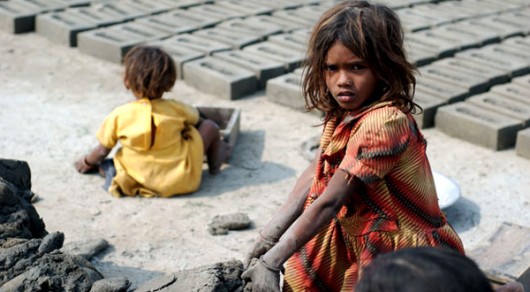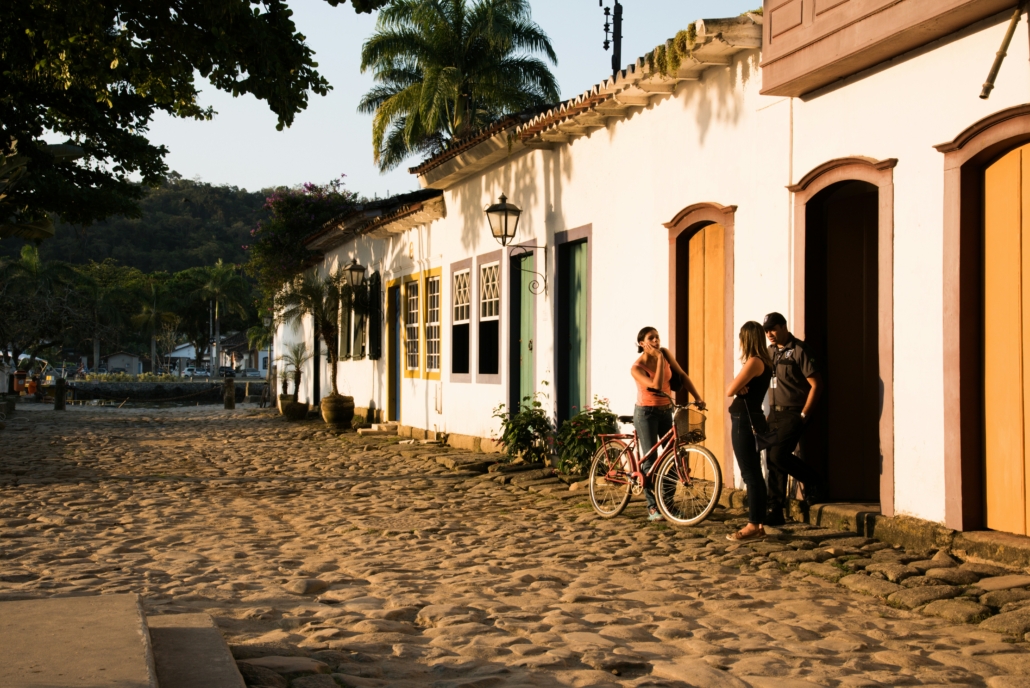 The United Nations General Assembly issued the Sustainable Development Plan in September 2015 with Sustainable Development Goal 1 being to “end poverty in all its forms everywhere.” The organization aims to assist nations worldwide in the fight against poverty. Brazil, the largest nation in South America, has been significantly influenced by limited access to essential resources like electrical energy that has contributed to the welfare of millions of people. When adult unemployment is taken into account, productivity drops to 33%. This implies that 67% of the country’s potential is missing. To stabilize Brazil’s economy and help its citizens, creative concepts and clear policies are essential in addressing issues like energy poverty and limited access to clean water. Here is information about poverty and efforts to address SDG 6 in Brazil, which is to provide adequate water and sanitation.
The United Nations General Assembly issued the Sustainable Development Plan in September 2015 with Sustainable Development Goal 1 being to “end poverty in all its forms everywhere.” The organization aims to assist nations worldwide in the fight against poverty. Brazil, the largest nation in South America, has been significantly influenced by limited access to essential resources like electrical energy that has contributed to the welfare of millions of people. When adult unemployment is taken into account, productivity drops to 33%. This implies that 67% of the country’s potential is missing. To stabilize Brazil’s economy and help its citizens, creative concepts and clear policies are essential in addressing issues like energy poverty and limited access to clean water. Here is information about poverty and efforts to address SDG 6 in Brazil, which is to provide adequate water and sanitation.
Poverty in Brazil
Brazilian poverty is a lasting issue with deep historical roots. The country’s population consists of of 205.3 million people. Despite being one of the largest sights in the world, Brazil’s huge income inequities have left much of its population in poverty. Low accessibility of healthcare and education are factors that explain its widespread levels of poverty. Even if poverty rates vary over time, there are millions of Brazilians who continue to live below the poverty line every day, just trying to meet minimum standards of decent food, housing and personal healthcare. Eradicating poverty in Brazil requires strategy to drive inclusive growth and humanitarian services. Some groups like Afro-Brazilians have limited accessibility in applying to schools and health clinics. Females are prone to discrimination in the working system. As a result, some people are attempting to resolve these issues in Brazil.
Active Measures To Address Energy Poverty
Within the Paraguay-Brazil region, the UN Department of Economic and Social Affairs (UN DESA) joined Itaipu Bi-National in promoting water and energy resource preservation. To further advance Brazil’s agenda towards meeting the Sustainable Development Goals, the partnership designed a 2030 vision board.
Energy poverty is a very critical problem in Brazil, where a significant number of people have historically lacked access to electricity. Inadequate, reliable energy slows economic development, limits educational achievement and impacts the overall quality of life, particularly in rural and poor communities.
The partnership established sustainable energy solutions in an attempt to build a stronger foundation on better collaboration and speech dialogues to discuss energy connectivity. The plan is also to find any fundamental barriers or obstacles in the incorporation of these sustainability goals. Less helping hands discourages the development of home-based businesses and minimizes access to communication and data technologies, leading to a constant poverty cycle. However, with this partnership, the results should play out in the country’s favor.
The Necessity of Addressing SDG 6 in Brazil
Limited clean water is yet another significant challenge for people in Brazil. Lack of adequate infrastructure, pollution by industry and agriculture and climate change impacts are among the reasons for limited water and water pollution. With no clean sources of water, waterborne disease is more likely to occur, impacting productivity. In 2022, 23.9% of Brazilian citizens endured irregular water stock. One of the most shocking events Brazil experienced was Rio Grande do Sul’s floods in 2024 where several officials reported 54 confirmed cases of waterborne diseases or leptospirosis, causing four sudden deaths. Women and children are more likely to bear the bulk of water collection responsibilities, once again keeping them away from education. Water management improvement and access to clean water programs are critical to Brazilian society’s health and sustainable development.
The Agua Limpa Project
United Nations environmental activist and philanthropist Gisele Bündchen has contributed positively to Brazil through sustainable development of the Agua Limpa Project (Clean Water Project). In 2004, a passionate, nature-driven Bündchen visited the Xingu area of Brazil. As an eyewitness to river pollution, she has pushed for an end to ecological degradation. The project began in 2008, co-founded with Bundchen’s family, and they planted more than 40,000 trees near streams. She oversaw the country’s water quality when managing wildlife’s restoration. Bündchen’s work as a UN Environment Goodwill Ambassador in Kenya is another noteworthy aspect of her career. Her influence even extends beyond the publishing of her works, including the New York Times bestseller “Lesson: My Path to a Meaningful Life.” She shares her life experiences from exploring Brazilian lands and how it shaped her mind.
The Leonardo DiCaprio Foundation
Sustainability resources have also been accompanied by Hollywood star Leonardo DiCaprio, whose advocacy stands for nations like Brazil, in which they seek available natural resources. DiCaprio promotes conservation efforts through his Leonardo DiCaprio Foundation established in 1998. The organization has supported at least 100 and more special projects in 50 countries and has achieved success in increasing international funding for environmental causes, wildland protection, and ocean conservation. The foundation has offered funding grants worth $20 million to around 100 communities fighting for environmental issues like changing weather patterns.
While DiCaprio’s efforts are dedicated to big-time environmental preservation and changing weather, he also spoke out for poverty reduction through the conservation of natural resources upon which most communities base their primary livelihood. For instance, his foundation supports projects that protect forests, whose role in the livelihoods in Brazil is significant. As of today his foundation continues to conduct additional research on specific projects in Brazil that would provide a lasting contribution to poverty alleviation in the nation.
Looking Ahead
Ending poverty and addressing SDG 6 in Brazil requires a special approach that includes promoting access to clean energy, natural resource management and promoting collaborative work between international agencies, governments, and individuals. Initiatives like the UN DESA partnership, Brazil’s development in biofuel and hydropower and the ongoing activism by Giselle Bundchen and Leonardo DiCaprio all play a crucial role in driving Brazil towards an equitable future.
– Janae Bayford
Janae is based in Centennial, CO, USA and focuses on Good News and Celebs for The Borgen Project.
Photo: Unsplash
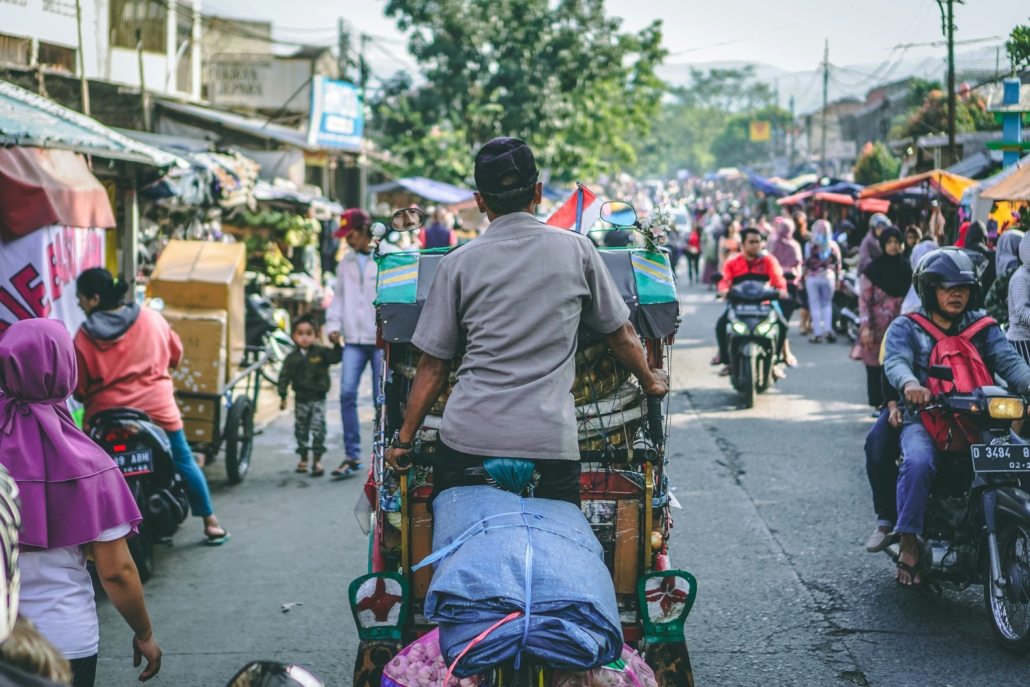
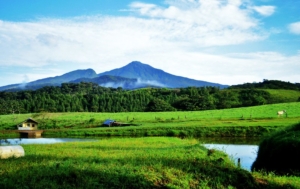 In many respects,
In many respects, 
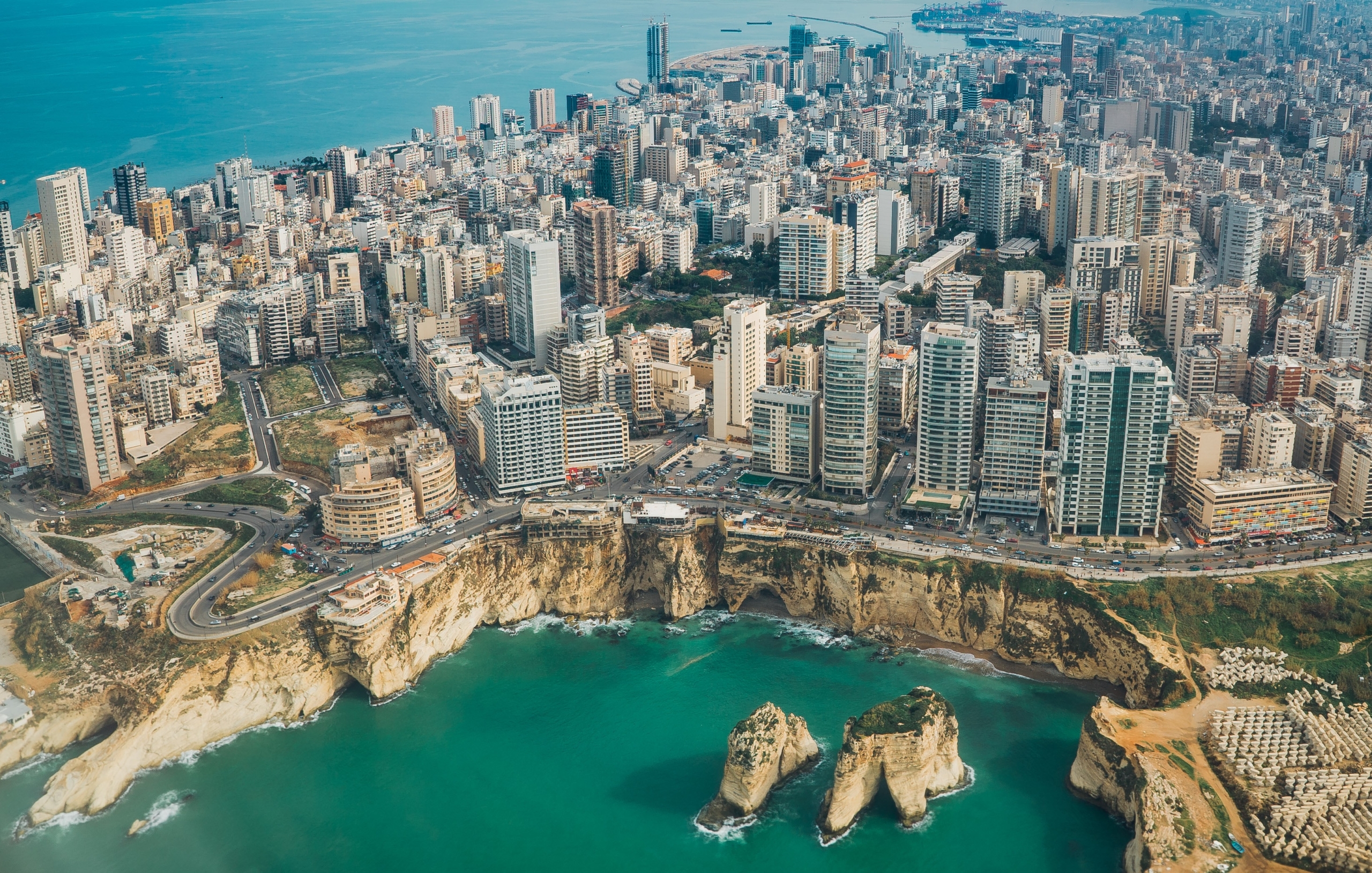 Lebanon is currently facing a severe crisis.
Lebanon is currently facing a severe crisis. 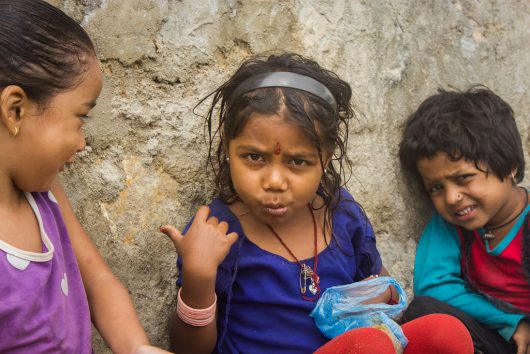
 Save the Children, an organization which stands by the belief that “every child attains the right to survival, protection, development and participation,” has asked world leaders to leave no child behind with the coming of the 70th United Nations Global Assembly (UNGA) recently held in New York on Sept. 25.
Save the Children, an organization which stands by the belief that “every child attains the right to survival, protection, development and participation,” has asked world leaders to leave no child behind with the coming of the 70th United Nations Global Assembly (UNGA) recently held in New York on Sept. 25.